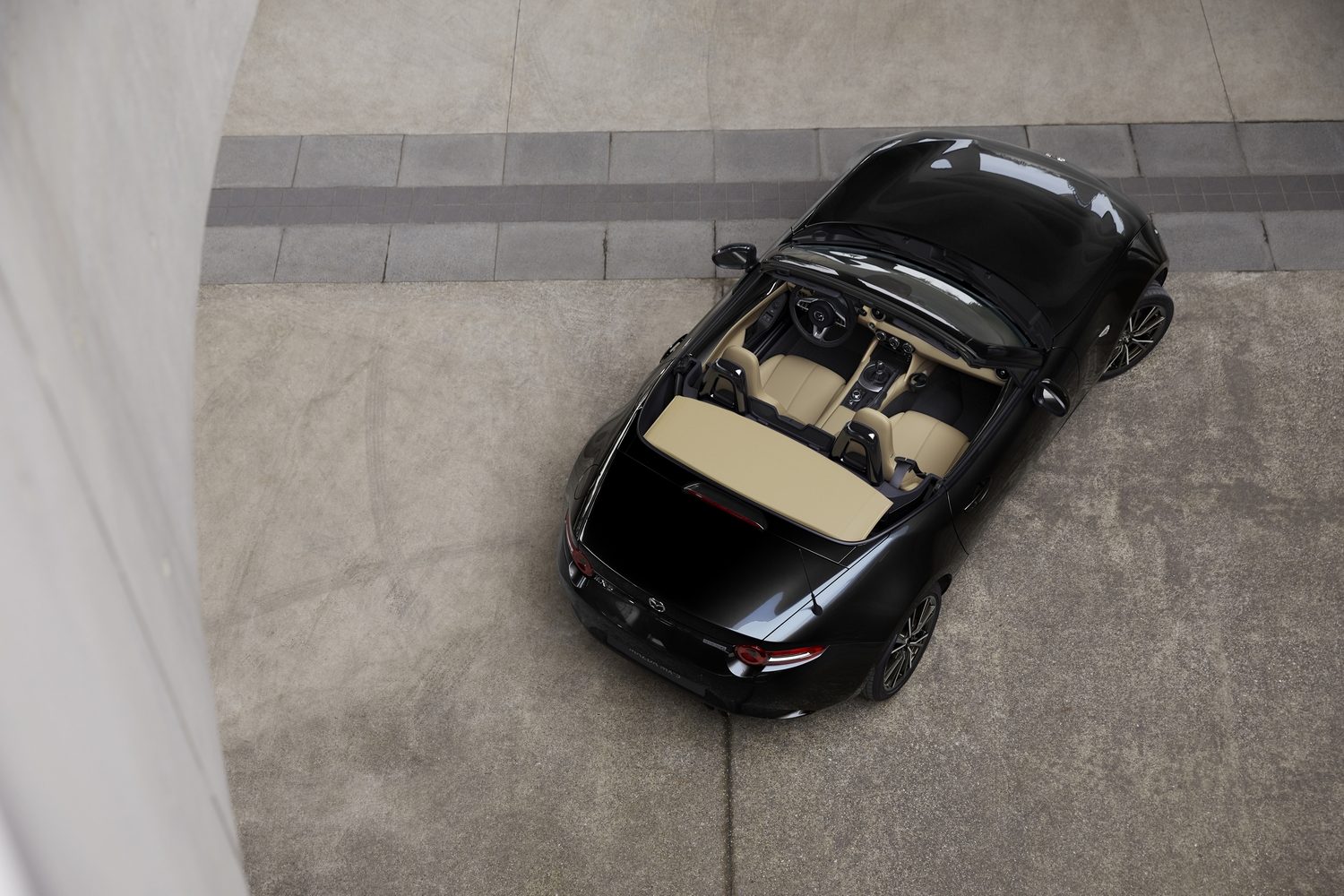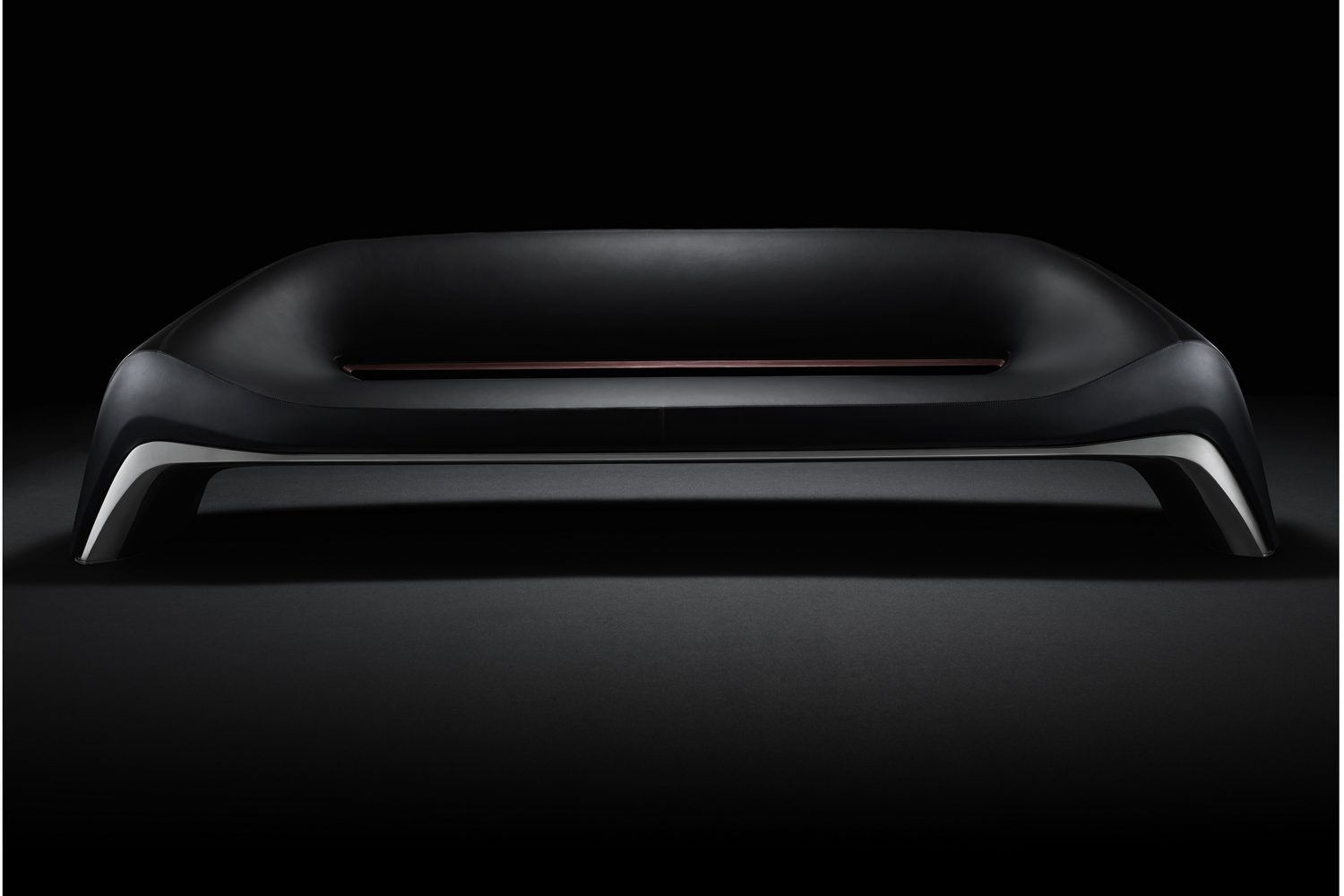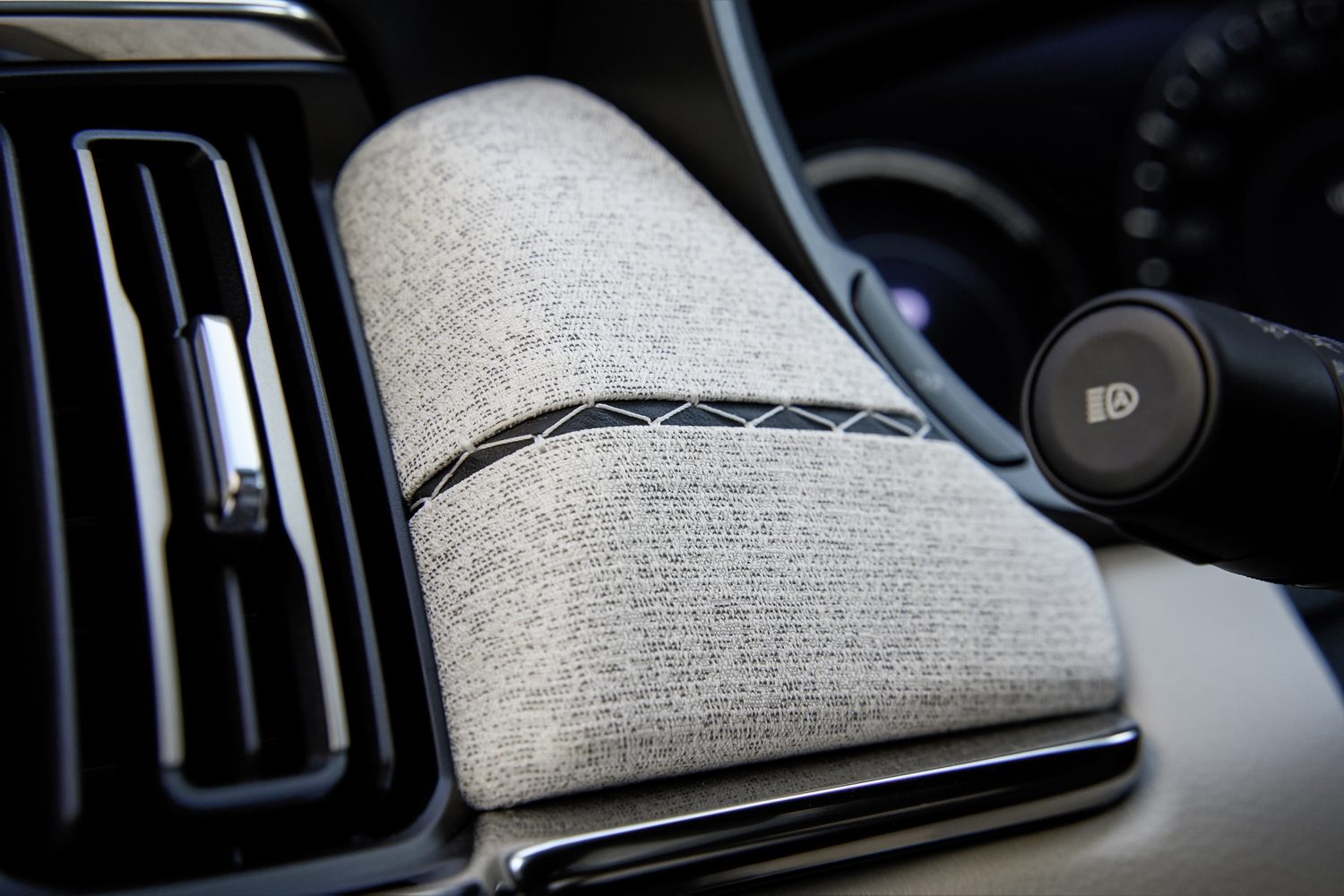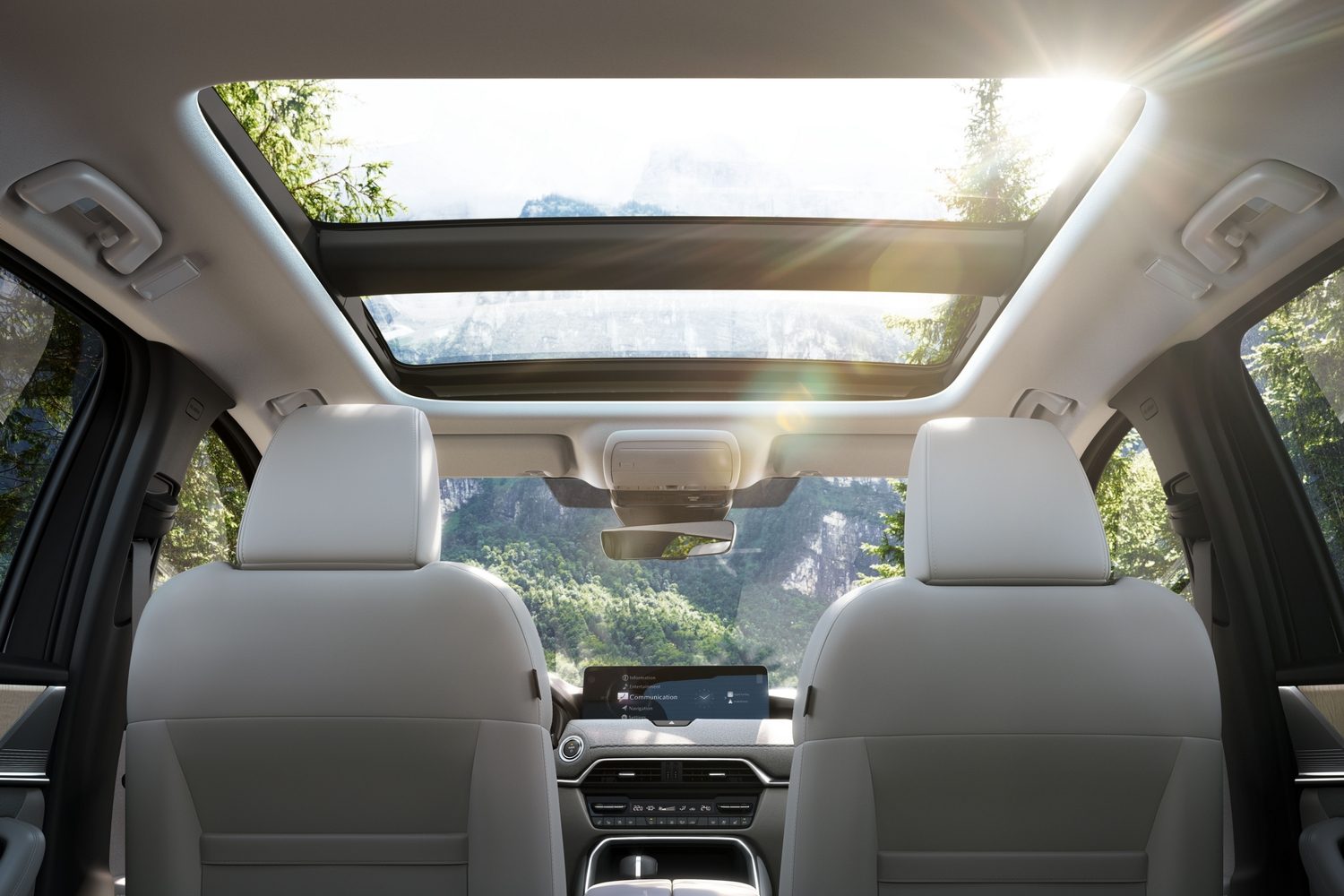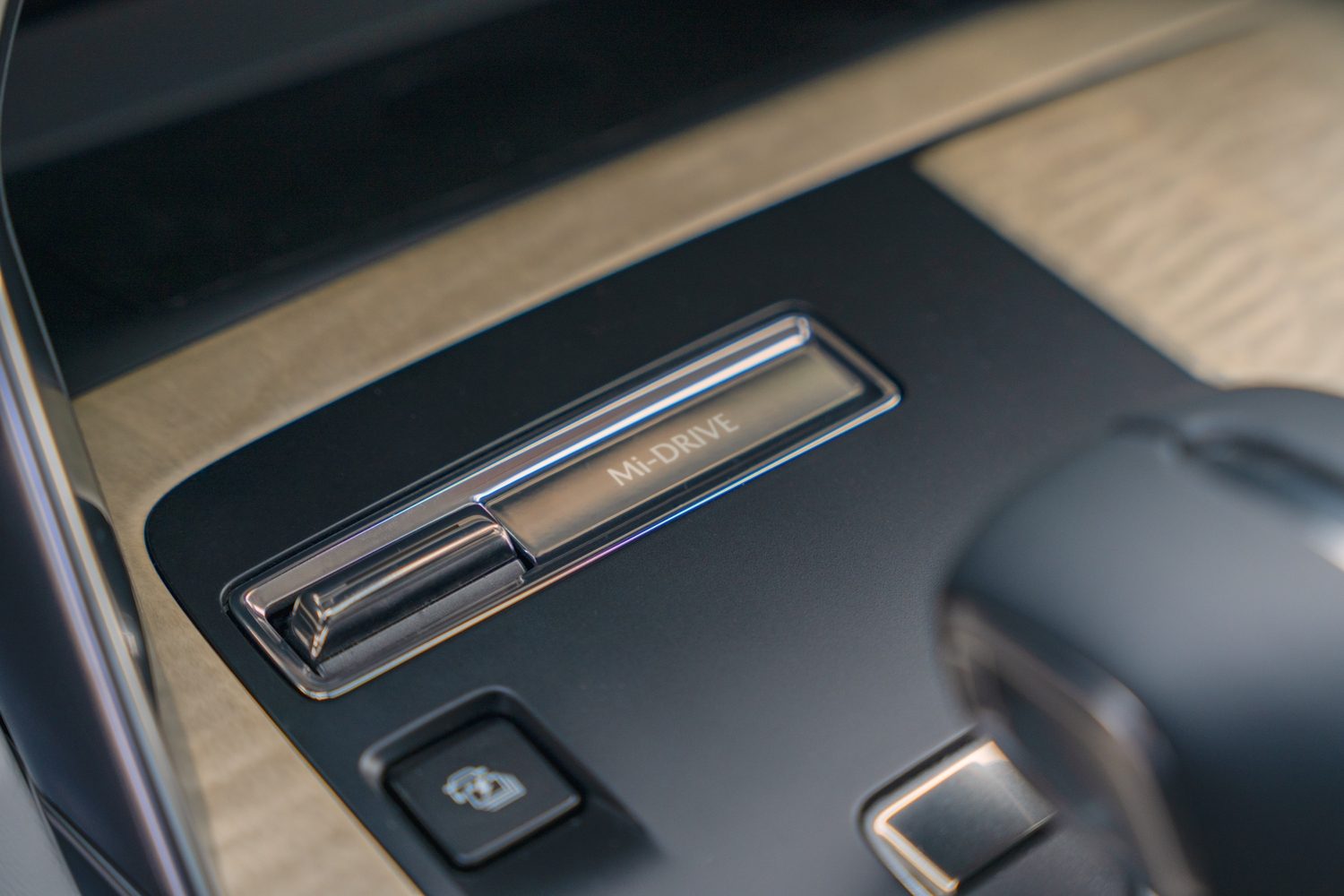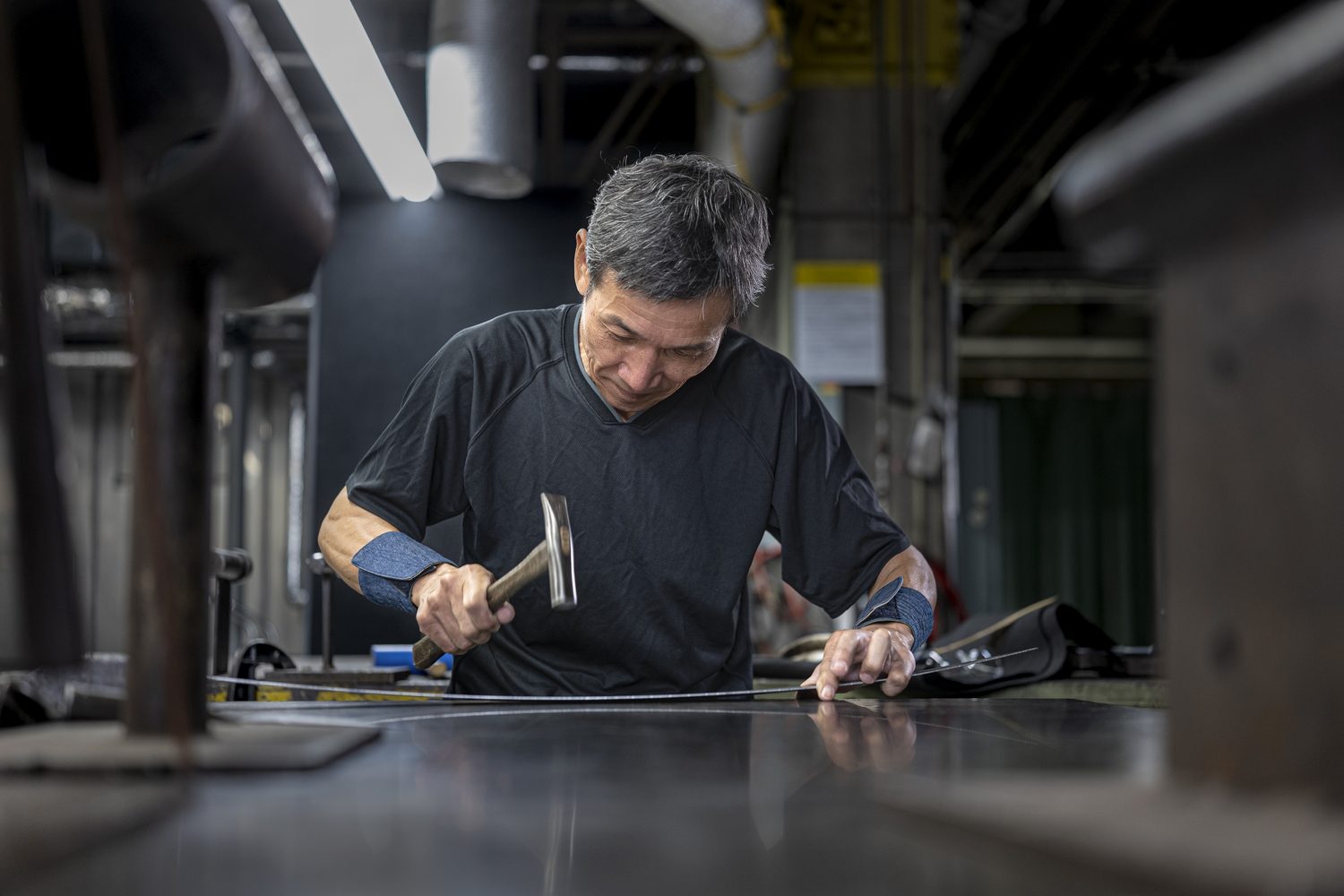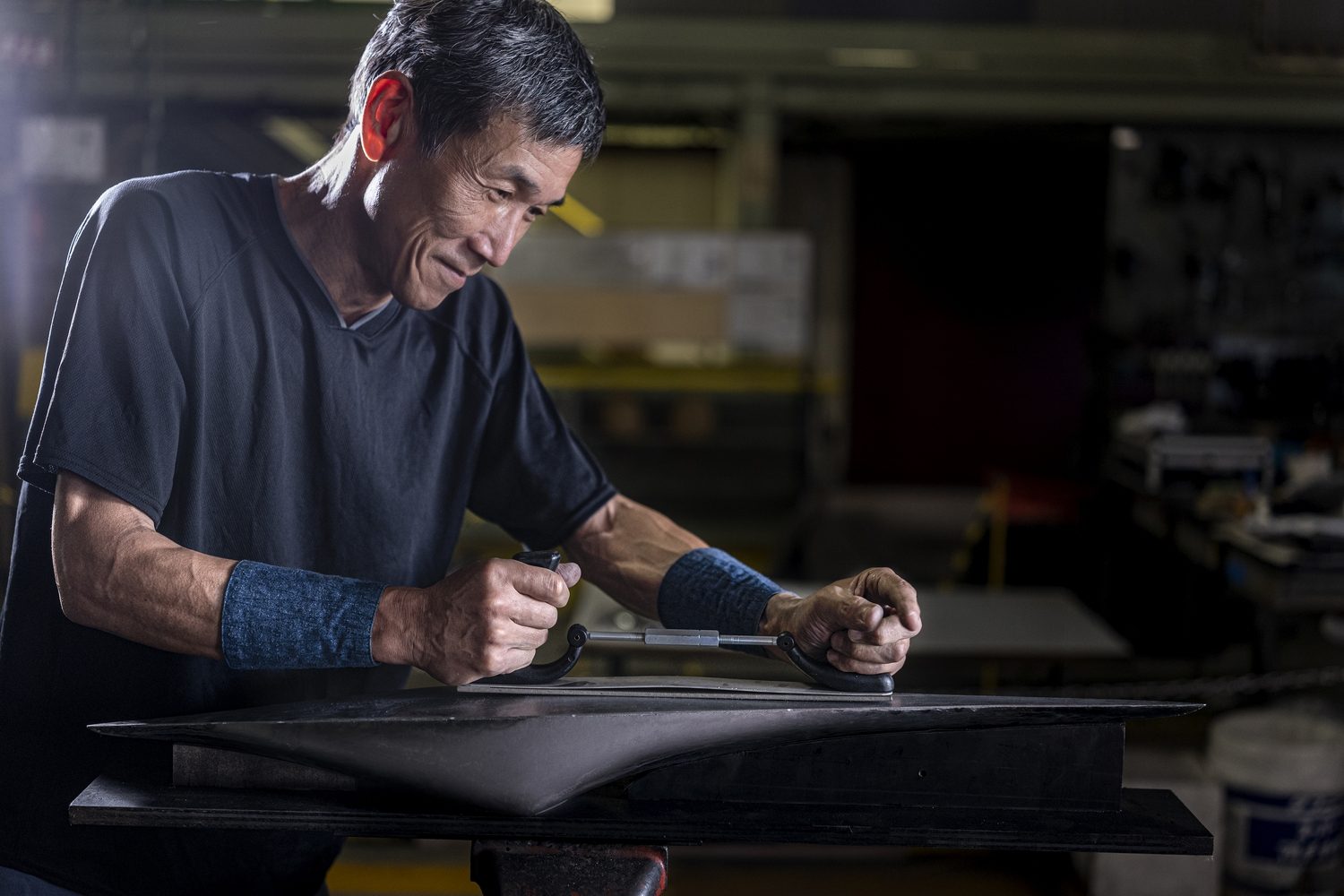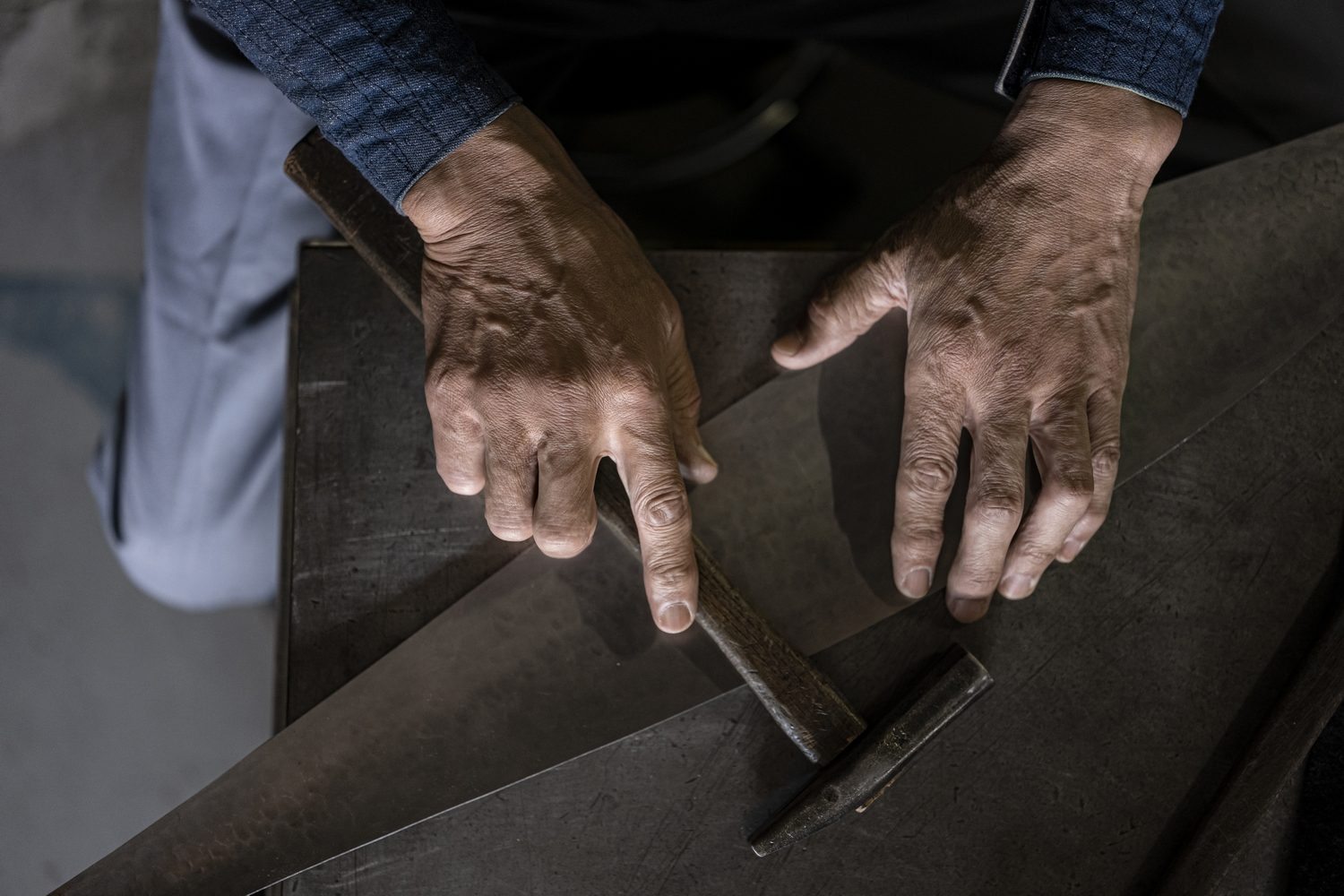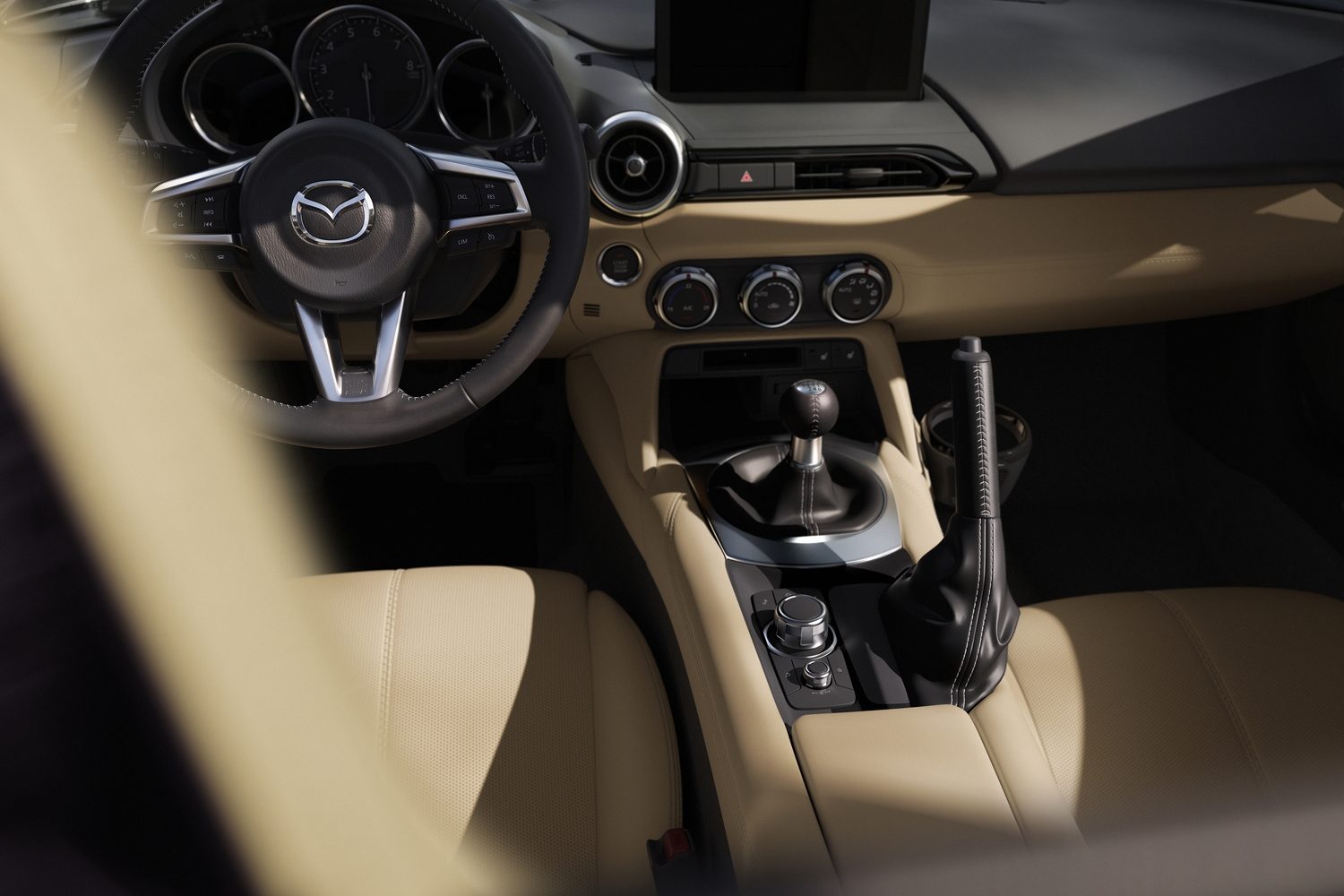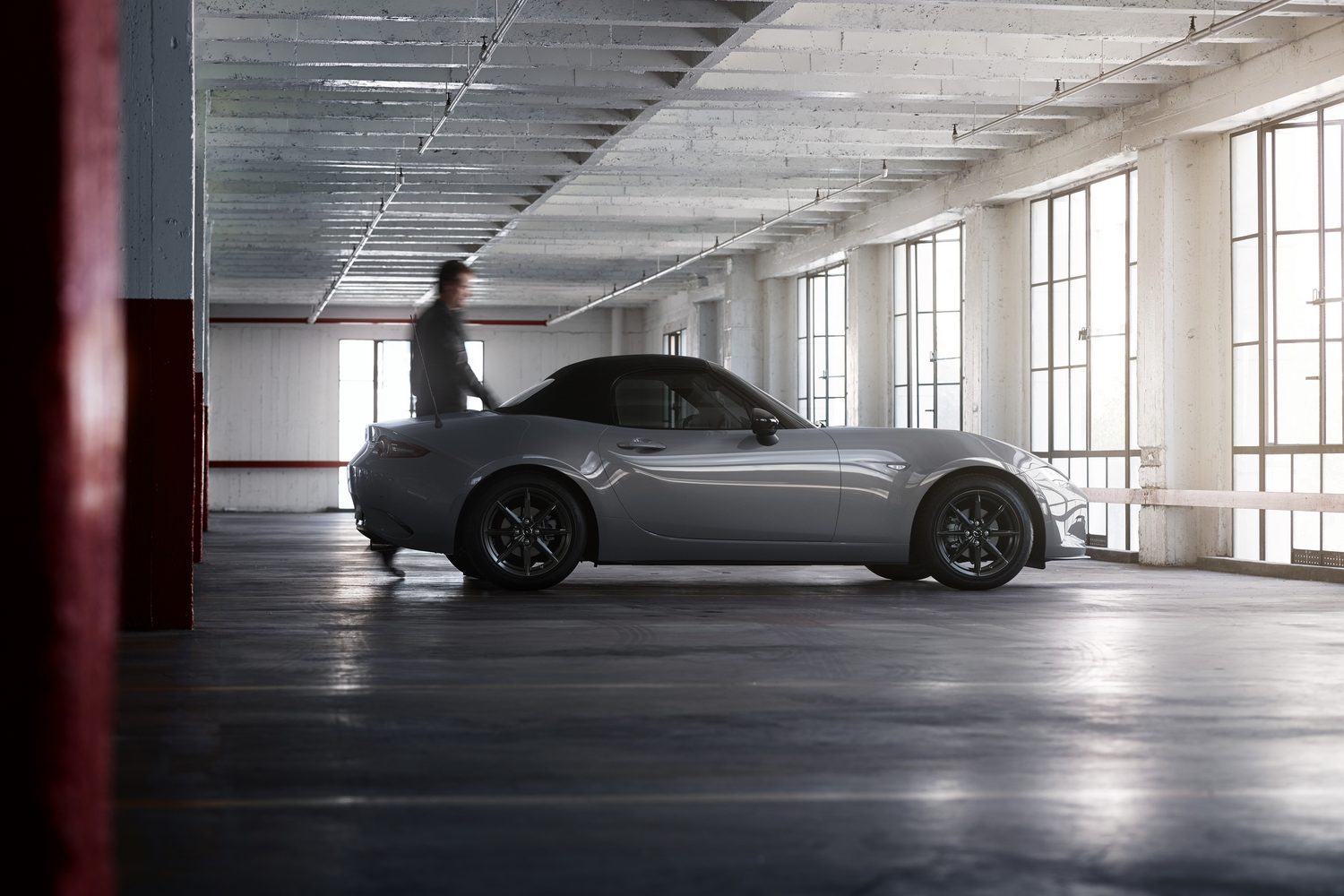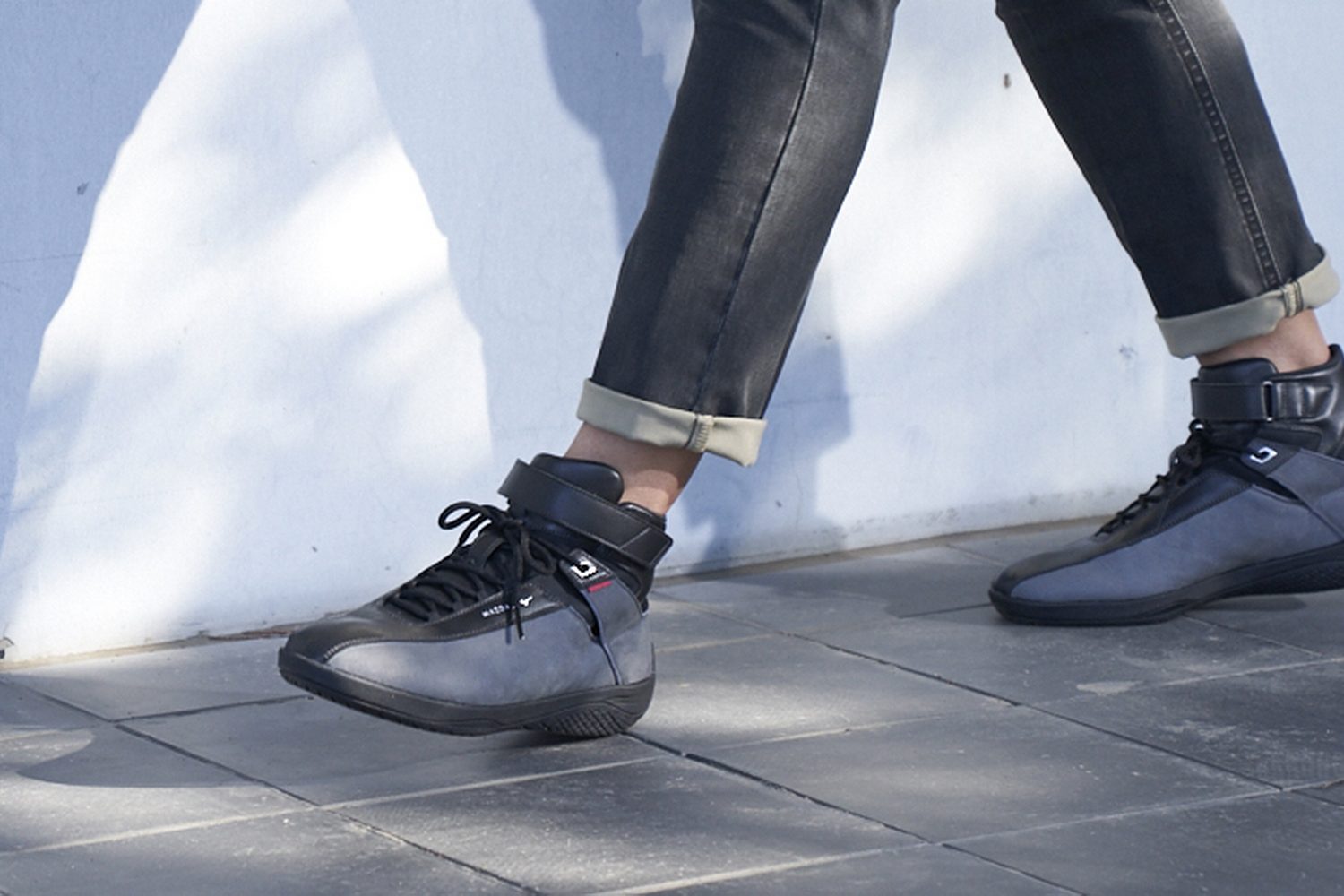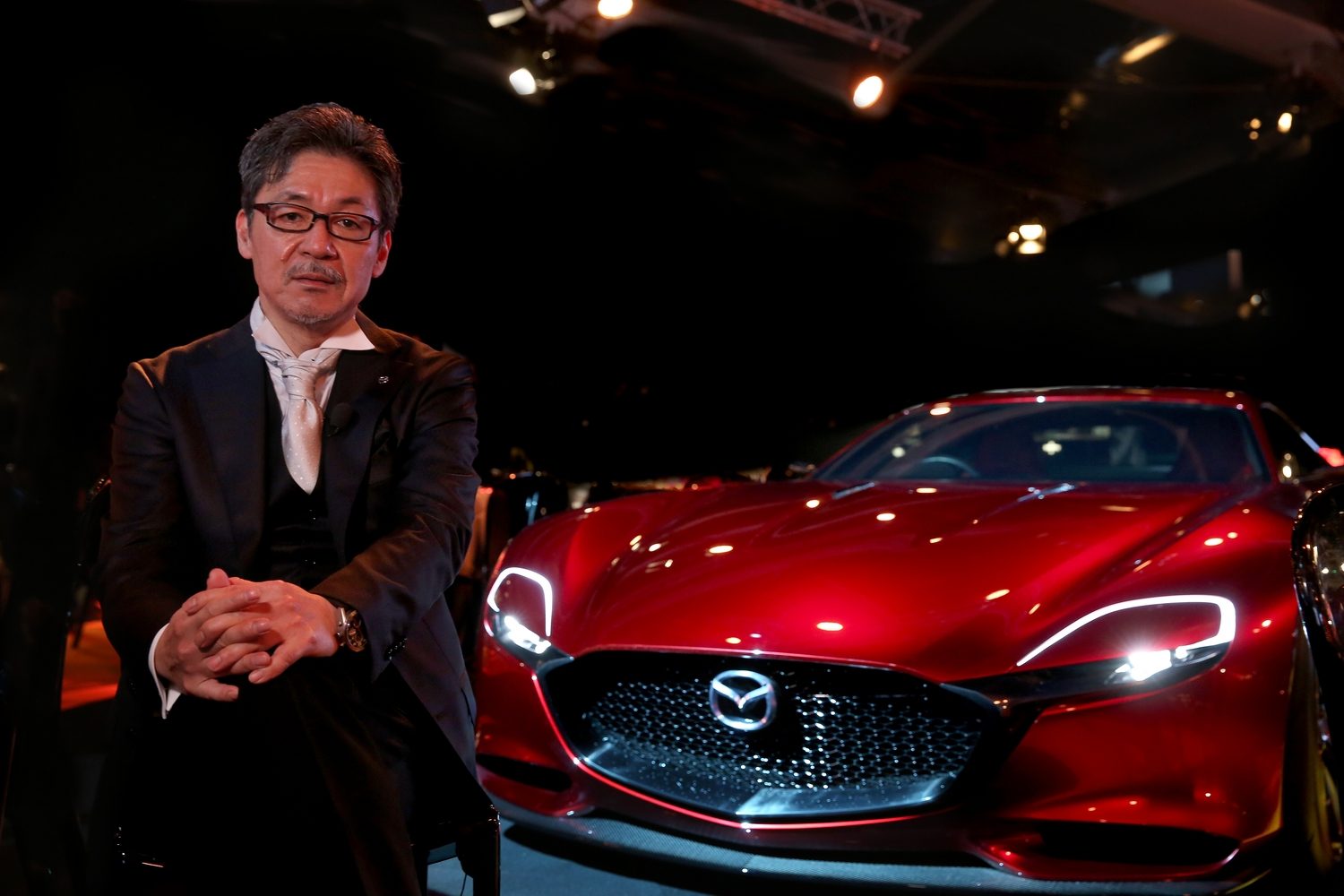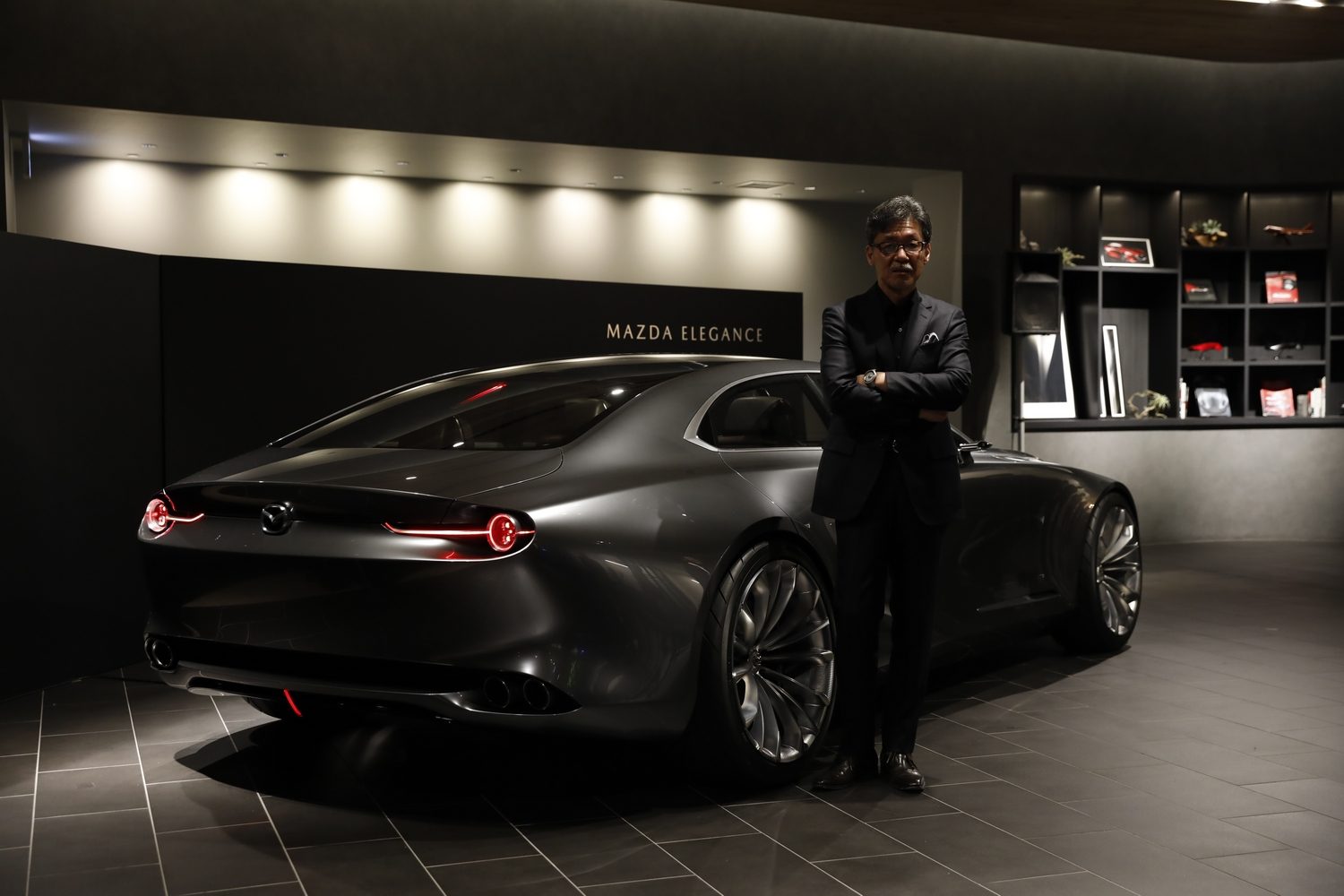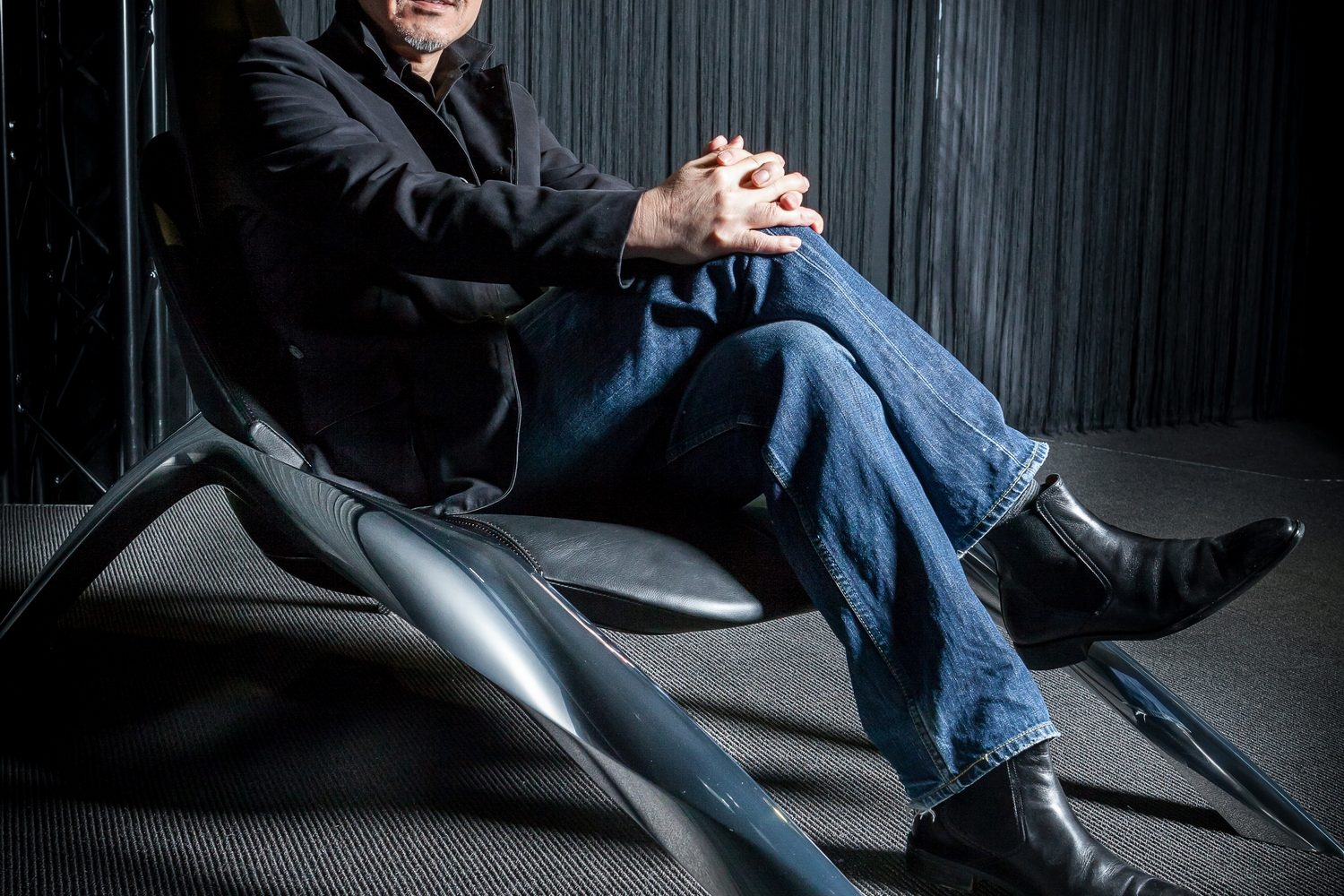Note: This article was written as part of a commercial content partnership between CompleteCar.ie and Mazda.
Fashion. Furniture. Bicycles. Ornamental bowls. These are just some of the things that, over the years, Mazda designers have been encouraged to go off and create. Far from simply getting the company's designers to put in their required hours at their desks, Mazda's senior staff has for years now been encouraging the people it pays to design cars to take some time to design things that are not cars.
Why? It's all about honing the art of design. If, goes the theory, a person can imbue the same 'Kodo' spirit of Mazda design into something that's not a Mazda, then they've probably got a fairly good handle on how to make the next generation of Mazdas look wonderful.

Ikuo Maeda has been in charge of Mazda's design department since 2009, and this project of designing non-Mazdas is his idea. "The job of a designer is to make sure that when our cars are placed next to each other, the line-up fascinates customers. It doesn't mean that we are paying less attention to the beauty of each model, but we must create designs that enable the whole Mazda line-up to represent a unique, consistent message," he says.
That starts with Kodo. The idea is to have a language, a system of design that can create a hatchback, a sports car, or an SUV but be instantly recognised. Kodo, which means heartbeat in Japanese, is that language. If you want to express it in simple terms, it's a less-is-more approach. Look at any of the current Mazda lineup and you won't see lots of slashes nor ornamental design. The lines of each car are deceptively simple, but their effect is immense. Look at the side of a Mazda3 hatchback on a sunny day - you can't see any physical lines there, but the panels are all subtly shaped so that they bend and curve the light into a dramatic s-shape. That's Kodo design at work. As Madea says: "First and foremost, Japanese design must be simple and pure. But beyond that, it must provide a feeling of depth within that simplicity."
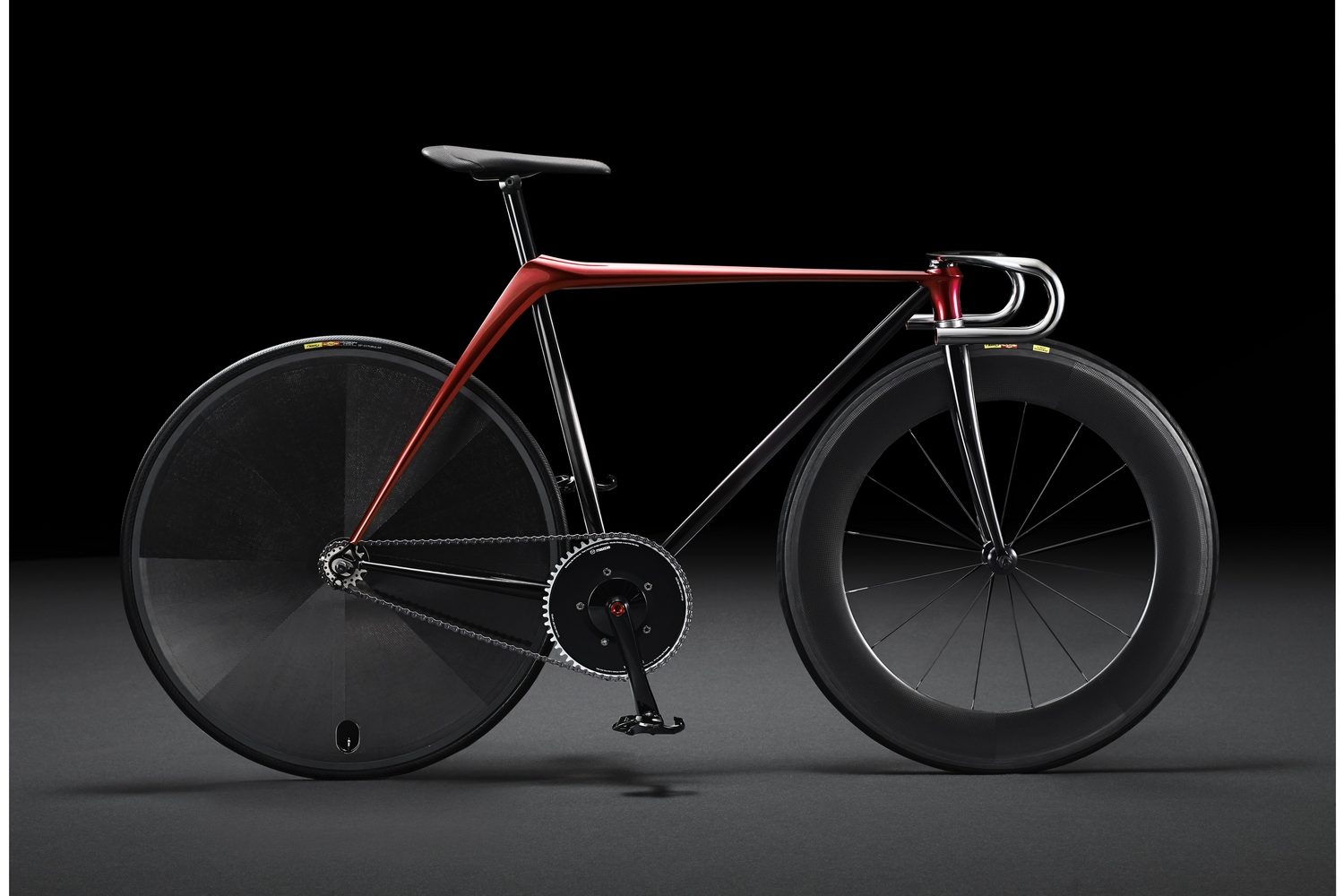
And sending the designers off to design bowls and bikes? "There are no restrictions as to what method can be used to create an art piece," continues Maeda. "The idea is that this free play of creative ideas will take designers off the well-trodden paths and spark exciting new ideas and unexpected shapes for upcoming models."
This beauty is more than skin-deep
So that's why Mazdas all look so handsome. But beauty is only skin-deep. The real test comes when you get up close and personal with how each car is made.
It's all a part of Mazda's determination to make good on its promise to produce cars that are 'Crafted in Japan.' Note, crafted rather than simply made. Mazda only builds its cars in Japan, most of them at its traditional home in the city of Hiroshima. Because of that, the company is able to lean on and into Japanese traditions of craft, from wood to metal and even paint.
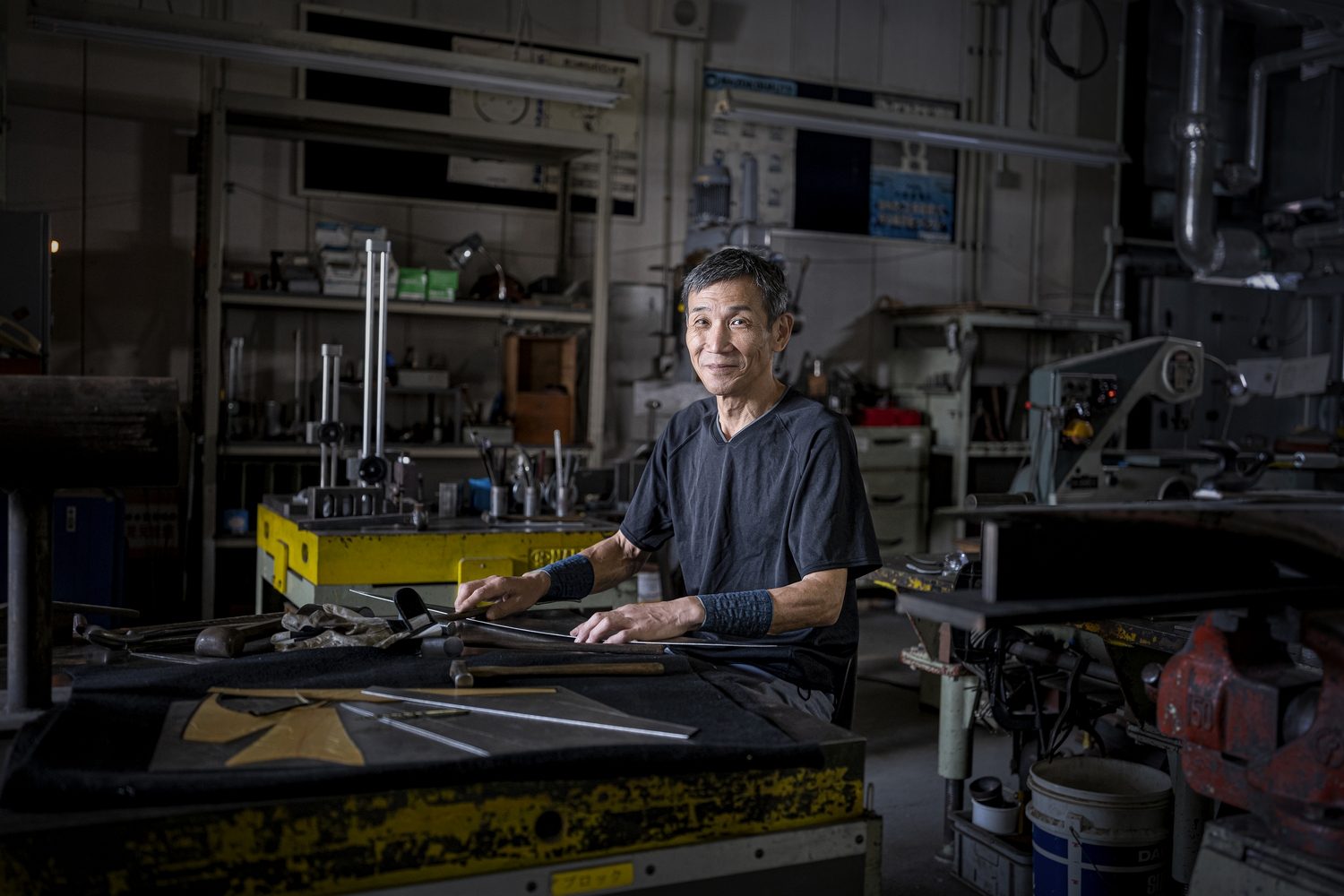
Modern car design and engineering takes place, largely, in cyberspace. Parts and components are designed on a screen, with digital instructions sent to CNC milling machines to create prototypes. It's a precise, logical process. But for Mazda, it's a process that also needs a human touch. Hence why Yutaka Kawano's desk in Mazda's Design Modelling Studio is not dominated by a computer, but by dozens of hammers, wooden mallets and countless razor-sharp sheet metal scissors.
Kawano is a 'Takumi Master,' and his job involves creating intricate sculptures from steel and aluminium. Why? Because these sculptures use the same curves and surface changes as Mazda's cars, and through them the shape and style of the cars can be interpreted. The people who will actually build the cars can see the lines and light reflections that should be on the finished product, rather than only working from numbers on a screen. Little variations and touches of Kawano's inspiration can help lead the way to future designs, too. It's an important, tactile, human touch that sets Mazda's design and engineering process apart.
Drum-like wood
And Takumi? It's a Japanese word that means someone who has achieved an unrivalled level of skill in a particular craft. Mazda uses many Takumi craftspeople, from those who shape and style full-size prototype cars out of clay, to those who create the delicate Sen wood finishes - just like wood of the iconic Japanese Taiko drums - for the dashboards and door caps of the cars.
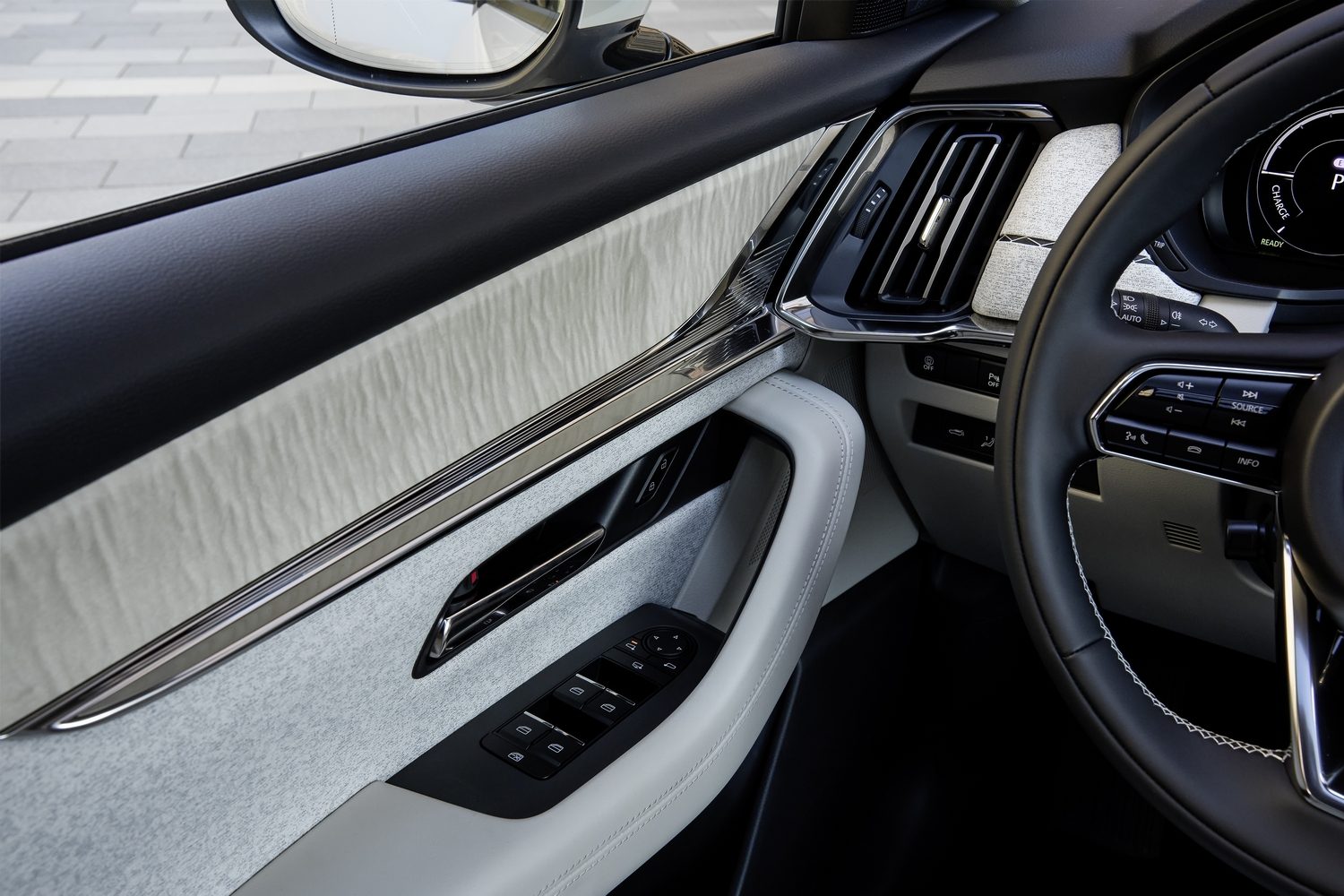
It's the Sen wood that creates a physical link between, say, the interior of the Mazda CX-60 SUV and the beautiful gardens of the Ryoanji temple in Kyoto. "On the inside, elements in the car's interior are arranged in an extremely precise manner to create 'ma,' or space, where the light coming in from outside the car is fully utilised," says Akira Tamatani, chief designer of the Mazda CX-60. "Light connects to the passing of time and the changing of the seasons in the garden. Similarly, our design uses light not only to enhance both the car's exterior shape and interior space, but also to express the passing of time at any given moment; through the surrounding light reflected on the surface of the car or shining into the interior."
There's a definite sense that if they lavish this kind of attention to detail on design and style, imagine what they do with engines and gearboxes... It's not just about aesthetics, nor just about turning the same focus to making reliable cars, it's also about how a craftsperson's skill can actually cut down on waste. Take Mazda's new colour option, Rhodium White Premium. You might look at it and simply think 'that's a nice shade of white' and move on. But as ever with Mazda, there's so much more happening under the skin. Rhodium White Premium, like all white paints, risks having the grey colour of the undercoat show through. Usually, car makers get around that by adding more layers of the topcoat, to smother it. Not Mazda, though. Using the new 'Takuminuri' paint process, Rhodium White uses only three coats, and cutting the amount of topcoat by 30 per cent, which means that this sleek looking metallic white finish has a lower CO2 rating than most rival white paints.
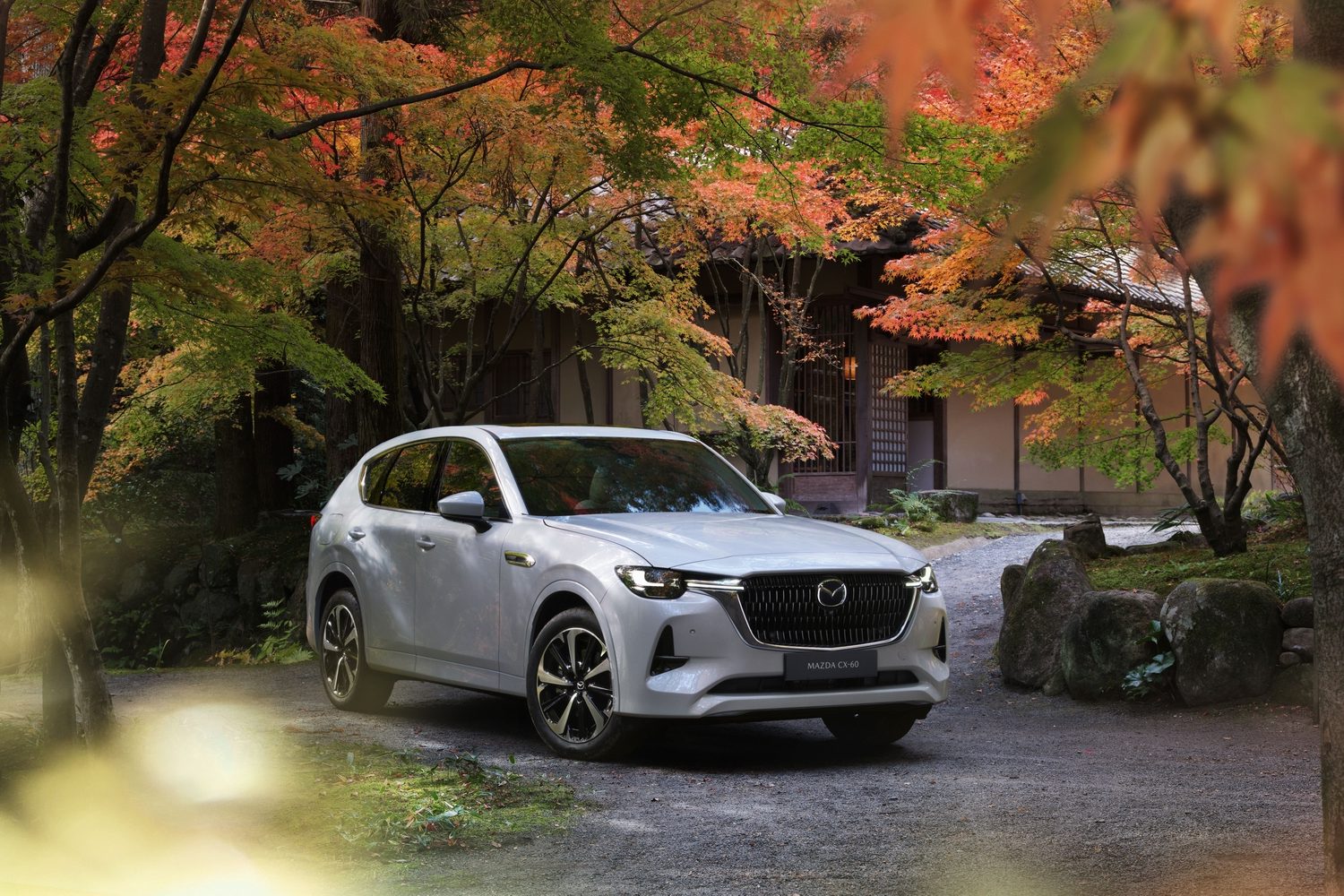
Can you craft something that you can't touch, nor feel? Maybe. After all, ever since the original MX-5 sports car was launched in 1989, Mazda has been crafting - for want of a better word - the idea of 'Jinba Ittai', a Japanese phrase that translates as 'horse and rider in perfect harmony.' That's the basis of the MX-5's legendary handling balance, its sweetness of steering and sense of agility. It's something that Mazda tries to imbue all of its cars with, whether they're a lithe sports car such as the MX-5 itself or a roomy family car such as the CX-60. That sensation - of a car being totally at one with your movements and control inputs as you turn into a corner - is not something that can be physically made, nor displayed in an art gallery, nor hammered into metal, but it's there. It's a form of artisanry all the same.

